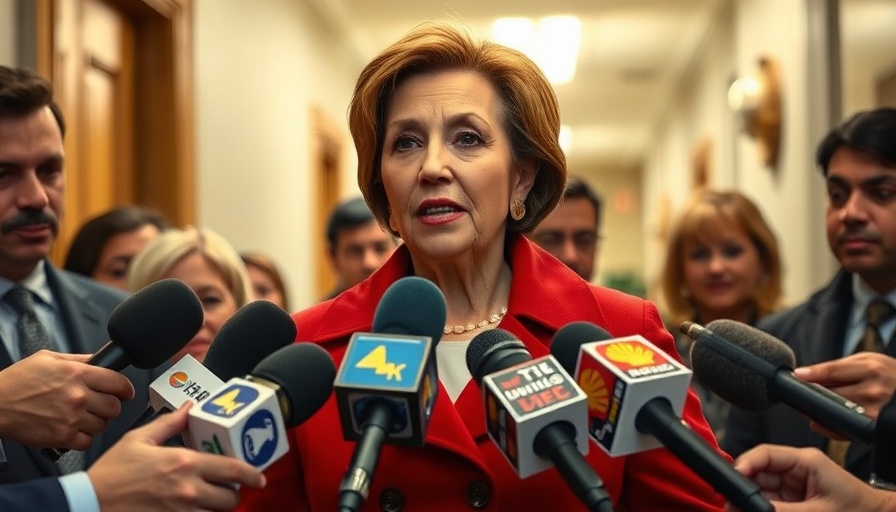
Understanding the Toxic Reality of the Corporate World
The landscape of corporate work in India, particularly for freshers, is increasingly fraught with challenges, as illustrated by the viral Reddit post shared by an individual with three years of experience at a US-based company. His honesty about the workplace toxicity he faced has resonated with many, sparking discussions about the often harsh realities of climbing the corporate ladder.
The Corporate Climb: A Double-Edged Sword
In his post, the Redditor notes his swift rise to becoming a team lead within just 1.5 years. However, this ascent came with significant sacrifices: seven-day workweeks and a culture that prioritized output over well-being. His breakdown of these experiences serves as a crucial reminder that rapid career advancement can often come at a cost to mental health and personal life.
The Hustle Culture: A Necessary Evil?
The author of the post suggests that embracing the hustle culture may be the only viable strategy for survival in competitive corporate environments. This perspective taps into a broader conversation about the expectations placed on today's workforce, where overwork can lead to burnout, decreased productivity, and a hostile work environment. While striving for achievement is commendable, it raises the question: at what expense?
Voices of Agreement and Dissent
The Reddit post spurred diverse reactions online, highlighting the divide over workplace culture in India. Some users echoed the sentiment of burnout and frustration, while others argued that it’s a rite of passage in building resilience in the professional world. This clash of viewpoints signals a need for more open discussions on transforming workplace dynamics to prioritize employee longevity over immediate productivity gains.
Alternatives to Toxic Workplaces
As the conversation continues, it's vital for freshers to seek out employers who value work-life balance. Many companies are now recognizing the benefits of fostering a healthier work environment, where employees are encouraged to maintain their mental health while contributing meaningfully to corporate goals. This paradigm shift shows promise for the future of work.
Advice for Freshers: Navigating the Corporate Landscape
With insights from those who have treaded the corporate path, freshers can better equip themselves to handle the challenges ahead. Here are actionable tips:
- Set Boundaries: Don’t compromise your mental health for work. Learn to say no when necessary.
- Seek Support: Build connections with colleagues who share your values and can provide encouragement.
- Stay Informed: Engage with discussions around workplace rights and mental health to stay prepared.
The Evolving Future of Work
As society gradually shifts toward a more employee-centric model, freshers have an opportunity to influence change. If more employees vocalize their experiences, then the corporate culture can evolve to foster healthier work dynamics. The challenge remains: will freshers navigate the traditional expectations while demanding better environments for themselves and future generations?
In closing, it’s fundamental to take personal and professional well-being seriously. Freshers are encouraged to reflect on their corporate experiences and advocate for a balanced work culture that prioritizes mental health. By making informed decisions and sharing their stories, they can contribute to reshaping the workplace narrative for everyone.
Take Action: If you’re navigating the complexities of the corporate world, consider sharing your experiences with others. Whether through online platforms or in your personal networks, your voice can help highlight the importance of creating healthier workplaces.
 Add Row
Add Row  Add
Add 




Write A Comment